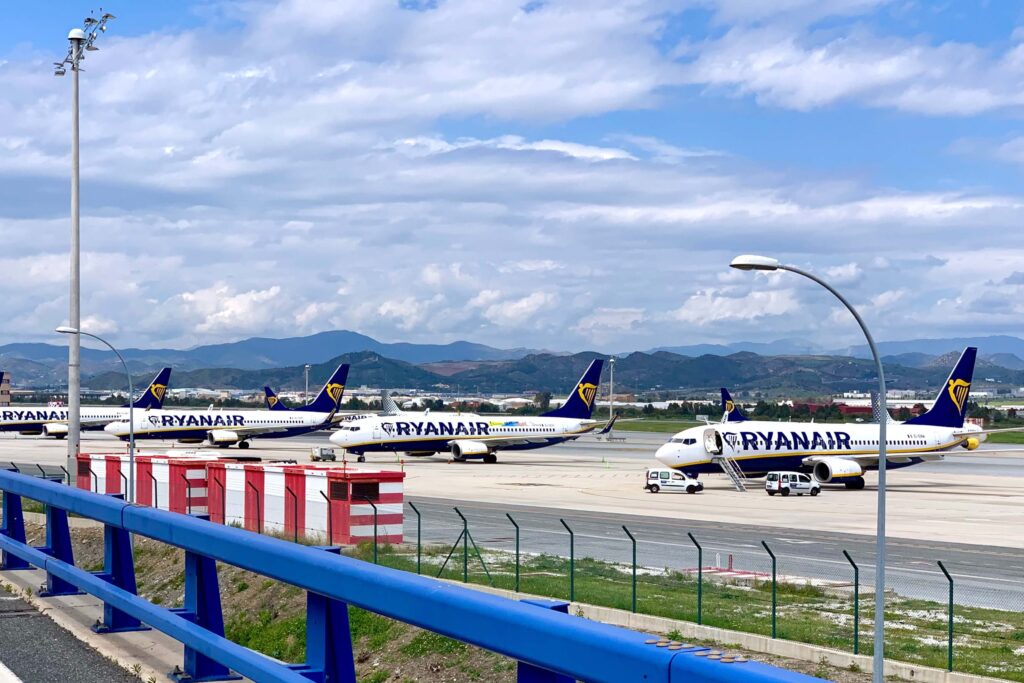The International Air Transport Association (IATA) anticipates a full recovery of air passenger numbers will take another two years. IATA reports that air passenger figures will reach 4 billion in 2024, exceeding pre-pandemic levels by 103%.
“The trajectory for the recovery in passenger numbers from COVID-19 was not changed by the Omicron variant. People want to travel. And when travel restrictions are lifted, they return to the skies,” Willie Walsh, IATA’s Director General, announced in a press statement.
Walsh added: “There is still a long way to go to reach a normal state of affairs, but the forecast for the evolution in passenger numbers gives good reason to be optimistic.”
In 2021, domestic and international air passenger numbers reached 47% of pre-pandemic levels recorded in 2019. IATA predicts that this will increase to 83% in 2022, 94% in 2023, 103% in 2024, and 111% in 2025.
Meanwhile, international passenger traffic figures reached just 27% of 2019 levels. This is expected to improve to 69% in 2022, 82% in 2023, 92% in 2024, and 101% in 2025.
IATA has outlined that “this is a slightly more optimistic near-term international recovery scenario compared to November 2021, based on the progressive relaxation or elimination of travel restrictions in many markets”.
Passenger traffic numbers have seen positive developments in North America and intra-European markets.
North America’s passenger traffic will continue to perform strongly in 2022, with passenger numbers reaching 94% of pre-pandemic levels. North America is expected to fully recover in 2023, earlier than any other markets.
The intra-European market is also expected to perform solidly in 2022 because of “harmonized and restriction-free movement within the EU”. IATA predicts that the intra-European market will fully recover in 2024, with passenger numbers exceeding pre-crisis levels by 105%.
Meanwhile, Asia-Pacific is expected to lag behind with recovery largely because of China’s stringent travel restrictions.
“China is showing no signs of relaxing its zero-COVID strategy,” IATA announced in the statement.
Asia-Pacific international traffic is expected to fully recover in 2025, reaching 68% of pre-COVID levels in 2022 due to slow removal of travel restrictions, IATA predicted.
Near-term, Africa’s passenger traffic recovery expected to be weak largely because of slow vaccination process and slow economy. Passenger figures within the African continent will reach 79% of 2019 levels in 2022, surpassing them in 2025.
Meanwhile, passenger traffic in Latin America shows resilience as the region’s countries implemented relatively loose travel restrictions throughout the COVID-19 pandemic as well as “dynamic passenger flow” to North America. The region’s passenger traffic is expected to fully recover between 2023 and 2024, followed by Central America, South America, and the Caribbean, respectively.
The Middle East is expected to fully recover in 2025, showing a relatively slow recovery compared to other regions.
“With limited short-haul markets, the Middle East focus on long-haul connectivity through its hubs is expected to result in slower recovery,” IATA predicts.

